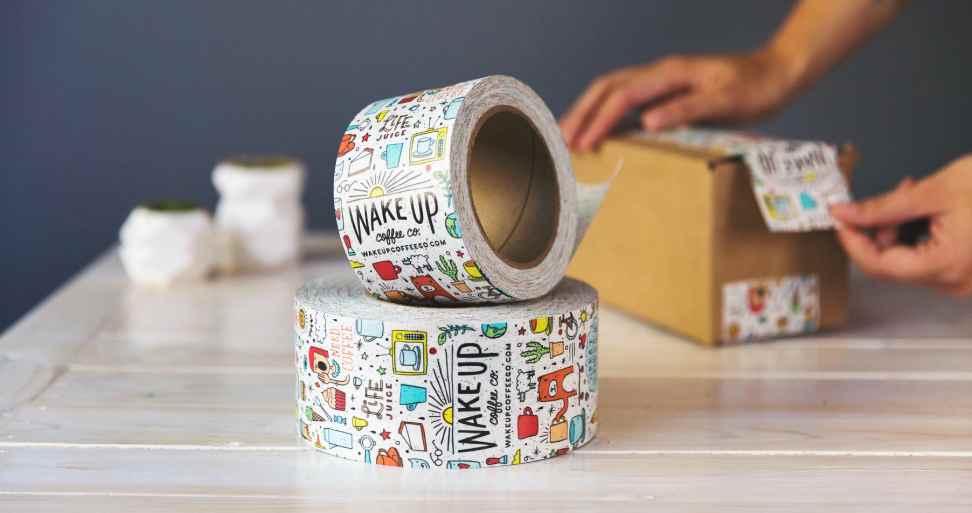Diamondexch9, Diamondexch9 Login, 11xplay Reddy Login: When considering implementing biodegradable packaging solutions, brands should first assess the environmental benefits of such a transition. Biodegradable materials break down naturally over time, reducing waste accumulation in landfills and lessening the impact on the environment. Additionally, brands need to evaluate the availability and cost of biodegradable materials to ensure the feasibility of incorporating them into their packaging processes.
Another crucial consideration for brands is understanding consumer perceptions and preferences towards biodegradable packaging. Conducting market research to gauge customer attitudes towards sustainability and eco-friendly practices can provide valuable insights for brands looking to make the switch. By aligning with consumer values and responding to the increasing demand for environmentally responsible products, brands can enhance their brand image and attract a more conscious consumer base.
� Assess the environmental benefits of biodegradable materials
� Evaluate availability and cost of biodegradable materials
� Understand consumer perceptions and preferences towards sustainability
� Conduct market research to gauge customer attitudes
� Align with consumer values to enhance brand image
� Respond to increasing demand for environmentally responsible products
The Environmental Impact of Traditional Packaging Materials
Traditional packaging materials, such as plastic and Styrofoam, have become a significant contributor to environmental degradation due to their non-biodegradable nature. These materials often end up in landfills where they can take hundreds of years to decompose, releasing harmful toxins into the soil and water supply in the process.
Moreover, the production of traditional packaging materials requires the extraction of natural resources and the use of fossil fuels, leading to greenhouse gas emissions that contribute to climate change. The transportation and disposal of these materials further add to their environmental impact, creating a cycle of pollution that poses a threat to ecosystems and wildlife.
What are some key environmental issues associated with traditional packaging materials?
Traditional packaging materials such as plastic, Styrofoam, and aluminum can contribute to pollution, greenhouse gas emissions, and habitat destruction due to their production, disposal, and potential for littering.
How do biodegradable packaging solutions help mitigate these environmental issues?
11xplay, 11x Play, Mazaplay: Biodegradable packaging materials are designed to break down naturally over time, reducing the amount of waste in landfills and oceans. They also have a lower carbon footprint compared to traditional materials.
Are biodegradable packaging solutions cost-effective for brands to implement?
While biodegradable packaging materials may be initially more expensive than traditional materials, the long-term environmental benefits and consumer appeal can outweigh the costs for brands.
How can brands ensure that their biodegradable packaging solutions are truly sustainable?
Brands should conduct thorough research on the sourcing, production, and end-of-life disposal of their biodegradable packaging materials to ensure they are truly sustainable and not contributing to other environmental issues.
What are some examples of biodegradable packaging materials that brands can consider using?
Examples of biodegradable packaging materials include compostable plastics, paper-based packaging, and biodegradable packaging made from plant-based materials such as corn, sugarcane, or bamboo.


